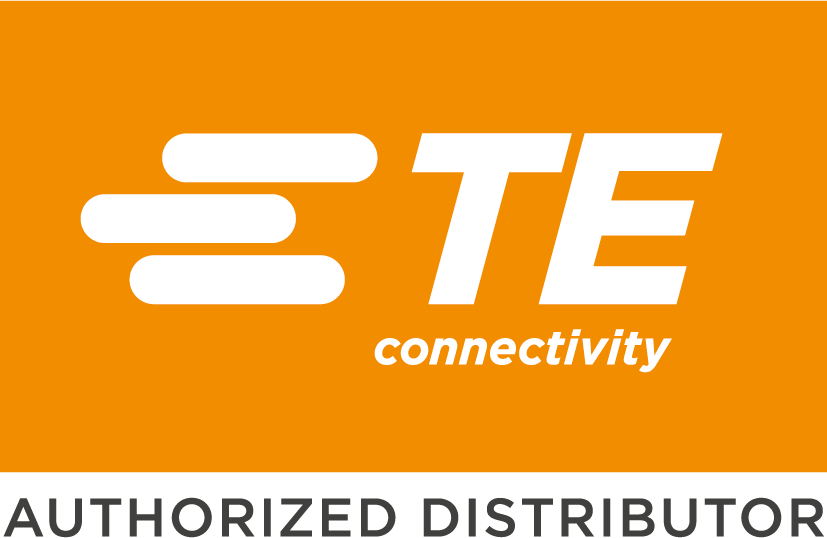
TE Connectivity Aerospace Defense and Marine
TE Connectivity Aerospace Defense and Marine is a leading global provider of advanced connectivity and sensor solutions for the aerospace, defense, and marine industries. The company offers a broad range of products, including connectors, sensors, antennas, harnesses, and other related components that are designed to meet the unique needs of its customers. TE Connectivity Aerospace Defense and Marine is known for its focus on innovation and quality, and its products are used in a variety of critical applications where reliability and durability are essential. Their connectors and sensors are used in commercial and military aircraft, missiles, satellites, and naval vessels. The company is committed to providing outstanding customer service and technical support to ensure that its products meet the high standards of its customers. With a global presence and a commitment to sustainability, TE Connectivity Aerospace Defense and Marine is a trusted partner to some of the world's most demanding customers in the aerospace, defense, and marine industries.
Rotary Switches
Results:
1
Series
Number of Positions
Index Stops
Number of Poles per Deck
Termination Style
Actuator Type
Current Rating (Amps)
Angle of Throw
Contact Finish
Actuator Length
Mounting Type
Depth Behind Panel
Circuit per Deck
Voltage Rating - DC
Contact Timing
Voltage Rating - AC
Contact Material
Features
Number of Decks
Results remaining:1
Applied Filters:
TE Connectivity Aerospace Defense and Marine
About Rotary Switches
Rotary switches are mechanical devices that are specifically engineered to manage multiple electrical circuits by utilizing the rotation of a shaft. Through manual or mechanical interaction with the switch, electrical contacts are engaged or disengaged, thus enabling the establishment or disconnection of a series of electrical connections.
The selection of rotary switches is based on various factors such as the number of positions, the number of decks, poles per deck, mounting type, contact circuit configuration, throw angle, actuator type, and current and voltage ratings. The number of positions indicates the different settings or options available within the switch, while the number of decks refers to the individual switching stages within the device. Poles per deck signifies the number of separate circuits that can be controlled by each stage.
Mounting type is an important consideration, as it determines how the switch is physically installed or mounted in a device or system. Contact circuit configuration relates to the arrangement and connection of the electrical circuits within the switch. The throw angle describes the range of motion of the switch's actuator during operation.
Actuator type refers to the mechanism used to initiate the switch's movement, which can be accomplished through various means such as a knob, lever, or key. Furthermore, current and voltage ratings are crucial specifications that ensure the switch can handle the necessary electrical loads safely and effectively.
Some rotary switches are equipped with adjustable stops or have the ability to rotate continuously, providing additional flexibility and functionality for specific applications.
In conclusion, rotary switches are essential for controlling multiple electrical circuits via shaft rotation. Their selection depends on factors such as the number of positions, decks, poles, mounting type, contact configuration, throw angle, actuator type, and current and voltage ratings. Additionally, some rotary switches offer features like adjustable stops or continuous rotation to meet diverse application requirements.

